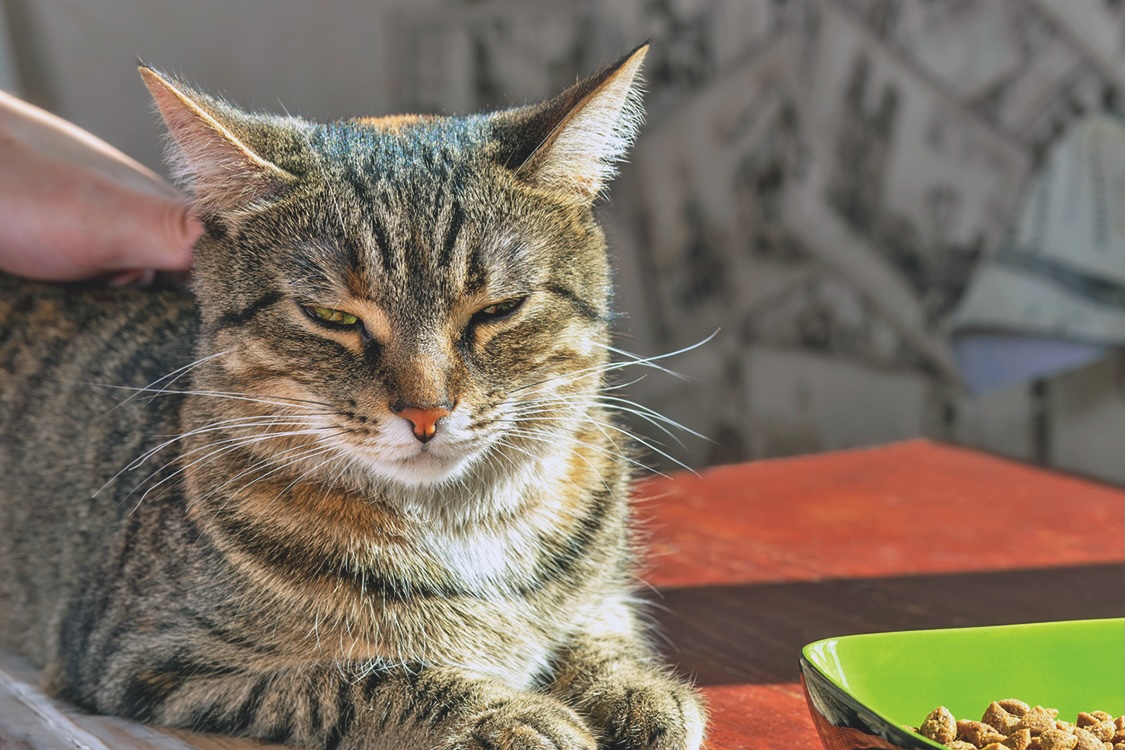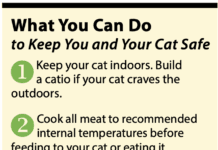Few things are more frustrating for cat owners than a cat who won’t eat. It’s even worse when they are sick and you know they need to eat to regain and/or maintain good health and quality of life. Just licking the juice from canned meals is not enough. This is especially true in geriatric cats who lean toward frailty even when healthy.
In certain scenarios, appetite-stimulating medications may be the answer. These medications are being prescribed with increasing frequency, possibly because continual advances in veterinary medicine and nutrition enable pets with chronic conditions to live longer, better quality lives, and keeping these cats eating makes them stronger and happier.
Certain criteria must be met before considering using an appetite stimulant in cats, however. The most important is an accurate diagnosis of the underlying condition causing the loss of appetite. Just throwing an appetite stimulant at a cat who won’t eat can allow the underlying disease to go unrecognized for a longer time, resulting in greater harm to the cat.
Chronic Conditions
“In general, I mainly use appetite stimulants for supportive care in chronic conditions that have a component of intermittent nausea/poor appetite,” says Dr. Michael Merkhassine, assistant clinical professor in the section of small animal internal medicine at Cornell University’s College of Veterinary Medicine. “The main ones are later stages of chronic kidney disease (stage III-IV), chronic gastrointestinal conditions such as inflammatory bowel disease (IBD), and chronic pancreatitis. It is not unusual for us to see cats with more than one of these conditions (most commonly in older cats). For these cases, I typically rely on daily anti-nausea medications first, but if that is not enough, I add in the appetite stimulant. For chronic cases, I like for clients to have a regular supply on hand so they can give it as needed to keep their pets eating.”
Appetite stimulants are generally contraindicated in cats with gastrointestinal obstruction.
One particular time that it is important to carefully consider the use of an appetite stimulant is when managing end-of-life situations. If stimulating appetite is prolonging an otherwise poor quality of life, it may not be in the best interest of the patient, as much as we want them to live forever. “If they tend to need it daily, it can become a bit of gray area because of concern for quality of life, but that is very individualized,” says Dr. Merkhassine. “Some pets can have a good quality of life (energy level, family interaction, etc.) with regular appetite stimulation.”
Acute Illness
Sometimes, cats with an acute illness need a “jump start” to get them eating. “We are trying to get them to start eating in order to make it easier to give medications or buffer the side effects of medications,” says Dr. Merkhassine. “The goal is to use it for a few days to give them a ‘jump start’ (in combination with anti-nausea medications), then stop. Appetite stimulants may be used in this way for various acute conditions like acute gastroenteritis/pancreatitis, acute kidney injury, immune mediated diseases that are entering remission, and infectious conditions, e.g., pneumonia, cholangiohepatitis, fungal disease, viral diseases, etc.”
Mirtazapine
Mirtazapine is the appetite stimulant most commonly prescribed for cats. This may be because it comes in a transdermal formulation that you can simply rub on the inside of your cat’s ear daily (brand name Mirataz). Giving oral medication to cats is no fun! Mirtazapine is used as an anti-depressant in humans, with known side effects of increased appetite and weight gain.
At least one study looking at cats with chronic kidney disease (CKD) showed notable increases in appetite, body weight and activity levels with consistent use of mirtazapine for appetite stimulation. Whatever you do, if you feel like mirtazapine is not working well enough for your cat, do not give more than the recommended dose. Higher dosages can result in unpleasant side effects, including agitation, vocalization and tremors.
Capromorelin
An alternative appetite stimulant for cats you can try is capromorelin (brand name Elura). This compound mimics the action of ghrelin, a hormone secreted from the stomach lining when it hasn’t been fed in a while, stimulating hunger sensation. It is FDA-approved for cats (with CKD), non-sedating, and safe.
Appetite stimulants have their therapeutic place in veterinary medicine and have helped many cats live longer and better. But, like any medication, appetite stimulants must be used appropriately and always under the guidance of a veterinary professional.
Dr. Michael Merkhassine is an assistant clinical professor in the section of small animal internal medicine at Cornell University’s College of Veterinary Medicine.




